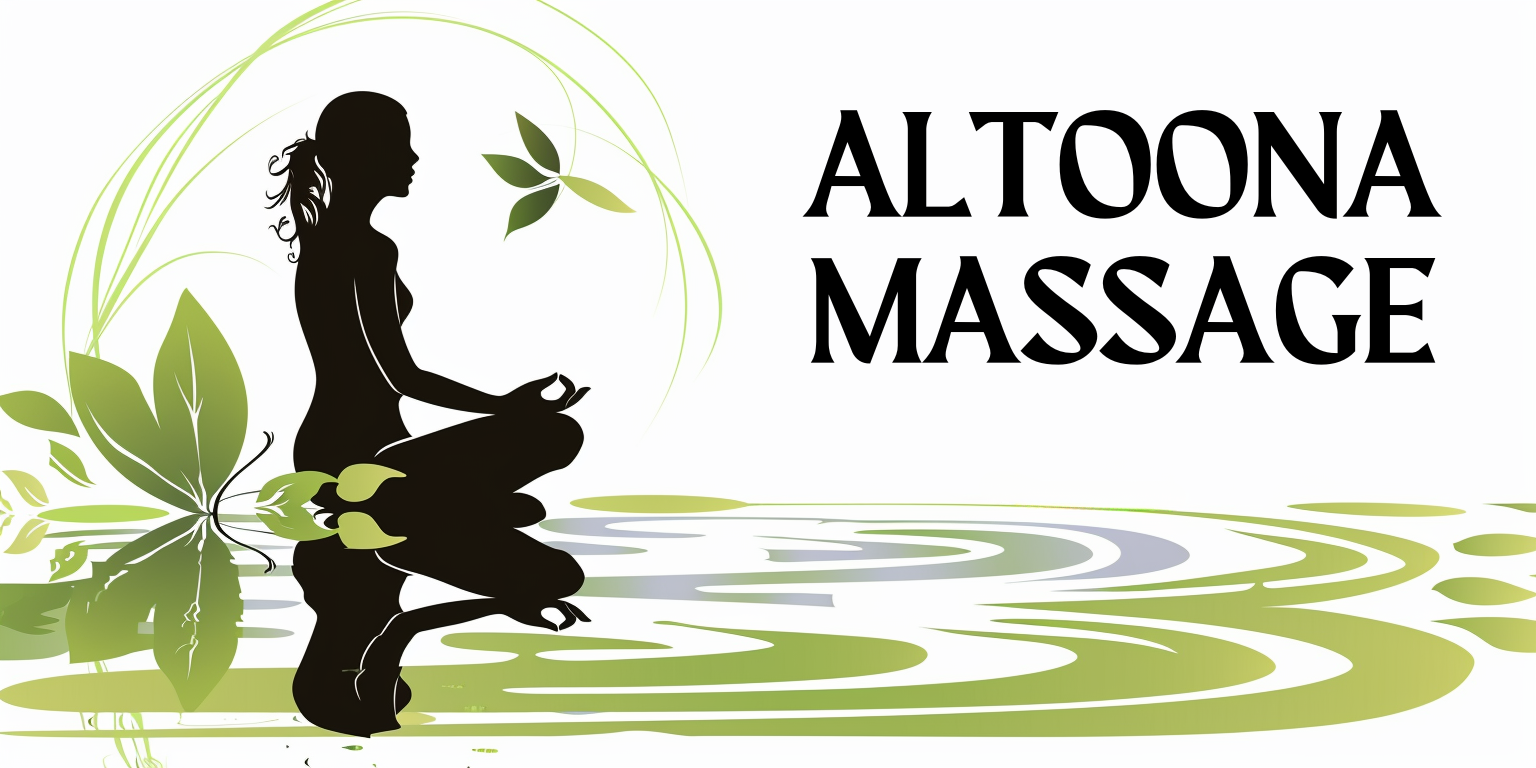Seasonal Affective Disorder, commonly referred to as SAD, is a type of depression that occurs at specific times of the year, most often during the fall and winter months when daylight hours are shorter. If you find yourself feeling lethargic, irritable, or hopeless as the seasons change, you might be experiencing symptoms associated with this condition. The exact cause of SAD is not fully understood, but it is believed to be linked to changes in light exposure, which can disrupt your circadian rhythms and lead to imbalances in neurotransmitters such as serotonin and melatonin.
As the days grow shorter and the weather turns colder, you may notice a shift in your mood and energy levels. This can manifest as a lack of motivation, difficulty concentrating, or even physical symptoms like changes in appetite or sleep patterns. For many, these feelings can be debilitating, affecting daily life and overall well-being.
Understanding SAD is crucial for recognizing its impact on your mental health and seeking appropriate treatment options.
Key Takeaways
- Seasonal Affective Disorder (SAD) is a type of depression that occurs at a certain time of year, usually in the winter months when there is less natural sunlight.
- Massage therapy can provide numerous benefits, including reducing stress, improving mood, and increasing relaxation.
- Massage therapy can help with SAD by increasing serotonin and dopamine levels, reducing cortisol levels, and improving overall well-being.
- Types of massage therapy for SAD include Swedish massage, deep tissue massage, and aromatherapy massage.
- Research and studies have shown that massage therapy can be an effective complementary treatment for SAD, with positive results in reducing symptoms and improving overall mental health.
The Benefits of Massage Therapy
Massage therapy is a holistic approach to wellness that involves manipulating the soft tissues of the body to promote relaxation and alleviate tension. If you’ve ever experienced a massage, you know how it can help melt away stress and provide a sense of calm. Beyond mere relaxation, massage therapy offers a plethora of benefits that can enhance both physical and mental health.
It can improve circulation, reduce muscle tension, and even boost your immune system, making it an excellent addition to your self-care routine. Moreover, the psychological benefits of massage therapy are equally significant. Engaging in regular massage sessions can help reduce anxiety and depression, improve mood, and enhance overall emotional well-being.
The nurturing touch of a skilled therapist can release endorphins—your body’s natural feel-good hormones—creating a sense of euphoria that lingers long after the session ends. For those grappling with SAD, these benefits can be particularly valuable in combating the low energy and negative emotions that often accompany this disorder.
How Massage Therapy Can Help with SAD

When it comes to managing Seasonal Affective Disorder, incorporating massage therapy into your treatment plan can be a game-changer. The soothing effects of massage can help alleviate some of the symptoms associated with SAD by promoting relaxation and reducing stress levels. As you lie on the massage table, the gentle pressure applied to your muscles can trigger a cascade of physiological responses that help calm your mind and body.
This relaxation response can counteract the heightened anxiety and irritability that often accompany SAD. Additionally, massage therapy can enhance your overall sense of well-being by fostering a deeper connection between your mind and body. This connection is essential for individuals dealing with SAD, as it encourages mindfulness and self-awareness.
By focusing on the sensations in your body during a massage, you may find it easier to let go of negative thoughts and feelings. This practice can create a more positive mental space, allowing you to approach daily challenges with renewed energy and optimism.
Types of Massage Therapy for SAD
There are various types of massage therapy that can be beneficial for individuals experiencing Seasonal Affective Disorder. Each technique offers unique advantages, so it’s essential to explore which one resonates with you the most. Swedish massage is one popular option known for its gentle strokes and long gliding movements that promote relaxation and stress relief.
This type of massage can help ease muscle tension while providing a calming experience that may alleviate some symptoms of SAD. Another effective technique is deep tissue massage, which targets deeper layers of muscle and connective tissue. If you often carry stress in specific areas of your body, such as your neck or shoulders, deep tissue massage can help release that tension and promote a sense of relief.
Additionally, aromatherapy massage combines essential oils with traditional massage techniques to enhance relaxation further. The use of calming scents like lavender or chamomile can create an atmosphere conducive to emotional healing, making it an excellent choice for those dealing with SAD.
Research and Studies on Massage Therapy for SAD
The relationship between massage therapy and mental health has been the subject of various studies over the years. Research indicates that regular massage sessions can lead to significant reductions in anxiety and depression levels among participants. In one study, individuals who received consistent massage therapy reported improved mood and decreased symptoms of depression compared to those who did not receive any form of massage treatment.
These findings suggest that incorporating massage into your routine could be a valuable tool in managing SAD. Moreover, studies have shown that massage therapy can positively impact cortisol levels—the hormone associated with stress. Lowering cortisol levels through massage may help mitigate some of the emotional turmoil associated with SAD.
While more research is needed to establish a direct link between massage therapy and the treatment of Seasonal Affective Disorder specifically, existing evidence supports its efficacy in promoting overall mental health and well-being.
Tips for Incorporating Massage Therapy into SAD Treatment

If you’re considering adding massage therapy to your arsenal against Seasonal Affective Disorder, there are several tips to keep in mind to maximize its benefits. First, establish a regular schedule for your massages—aim for at least once a month or more frequently if possible. Consistency is key when it comes to reaping the emotional and physical rewards of massage therapy.
By making it a regular part of your self-care routine, you’ll likely notice more significant improvements in your mood over time. Additionally, communicate openly with your massage therapist about your specific needs and concerns related to SAD. They can tailor the session to address areas where you hold tension or focus on techniques that promote relaxation.
Don’t hesitate to explore different types of massages until you find one that resonates with you; what works for one person may not work for another. Lastly, consider combining massage therapy with other treatments for SAD, such as light therapy or counseling, for a more comprehensive approach to managing your symptoms.
Precautions and Considerations for Massage Therapy and SAD
While massage therapy can be an effective tool for managing Seasonal Affective Disorder, it’s essential to approach it with caution and awareness. Before starting any new treatment regimen, consult with your healthcare provider to ensure that massage therapy is appropriate for your specific situation. They can help determine if there are any underlying health conditions or contraindications that may affect your ability to receive massage safely.
Additionally, be mindful of how you feel during and after each session. While most people find massages enjoyable and relaxing, some may experience discomfort or emotional release during treatment. It’s crucial to listen to your body and communicate any concerns with your therapist.
They can adjust their techniques or pressure levels accordingly to ensure a positive experience tailored to your needs.
The Potential of Massage Therapy for SAD
In conclusion, Seasonal Affective Disorder can significantly impact your quality of life during certain times of the year. However, incorporating massage therapy into your treatment plan may offer a valuable avenue for relief. The benefits of massage extend beyond mere relaxation; they encompass emotional healing and stress reduction that can be particularly beneficial for those grappling with SAD.
As you explore different types of massage therapy and establish a routine that works for you, remember that self-care is an essential component of managing mental health conditions like SAD. By prioritizing your well-being through regular massages and open communication with your therapist, you may find yourself better equipped to navigate the challenges posed by this disorder. Embrace the potential of massage therapy as part of your journey toward improved mental health and overall wellness during the darker months ahead.
FAQs
What is Seasonal Affective Disorder (SAD)?
Seasonal Affective Disorder (SAD) is a type of depression that occurs at a certain time of year, usually in the winter when daylight hours are shorter. It is characterized by symptoms such as low energy, moodiness, and difficulty concentrating.
How can Massage Therapy help with Seasonal Affective Disorder (SAD)?
Massage therapy can help with SAD by promoting relaxation, reducing stress, and improving mood. It can also help to increase the levels of serotonin and dopamine, which are neurotransmitters that play a role in regulating mood.
What are the benefits of Massage Therapy for SAD?
The benefits of massage therapy for SAD include reducing anxiety and depression, improving sleep quality, and increasing overall feelings of well-being. It can also help to alleviate physical symptoms such as muscle tension and pain.
Are there any risks or contraindications to using Massage Therapy for SAD?
In general, massage therapy is considered safe for most people. However, individuals with certain medical conditions such as blood clotting disorders or infectious skin conditions should consult with a healthcare provider before receiving massage therapy. Additionally, it is important to ensure that the massage therapist is properly trained and licensed.
How often should someone receive Massage Therapy for SAD?
The frequency of massage therapy sessions for SAD can vary depending on individual needs and preferences. Some people may benefit from weekly sessions, while others may find that bi-weekly or monthly sessions are sufficient to help manage their symptoms. It is important to discuss frequency with a qualified massage therapist to determine the best approach for each individual.
